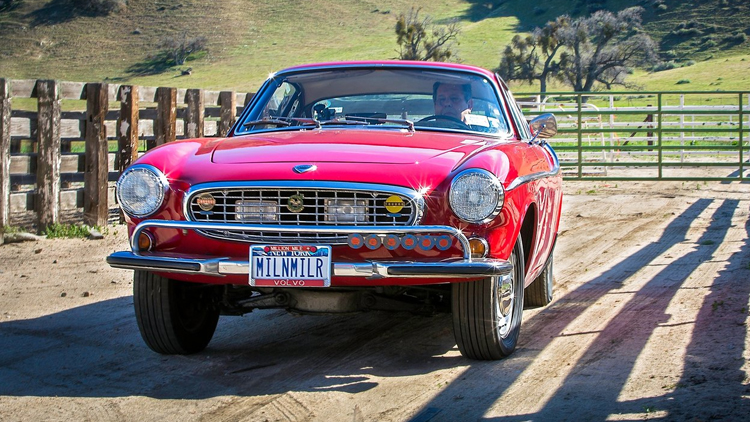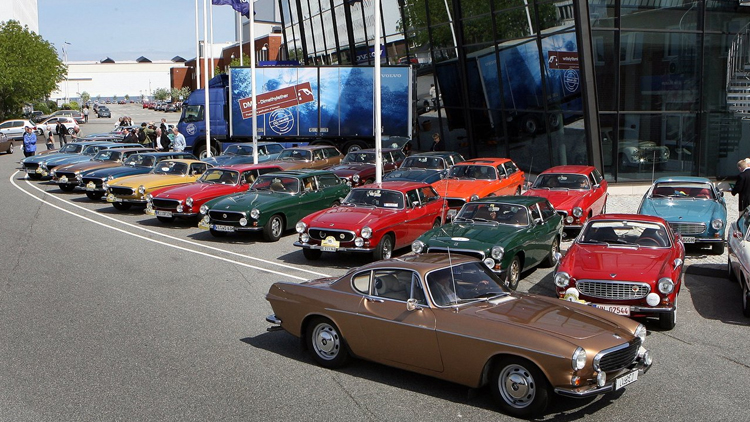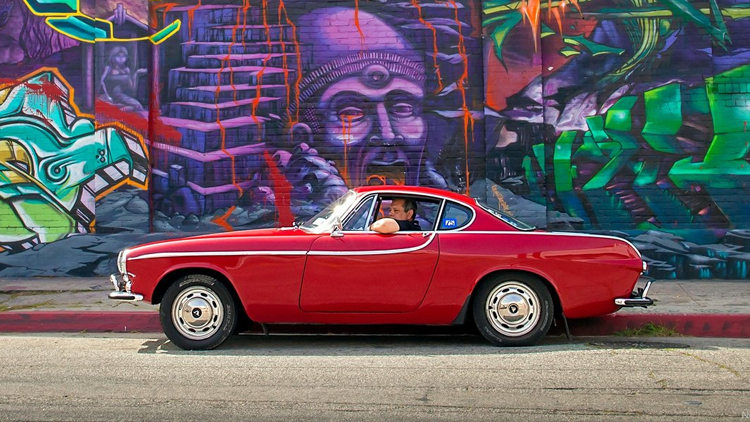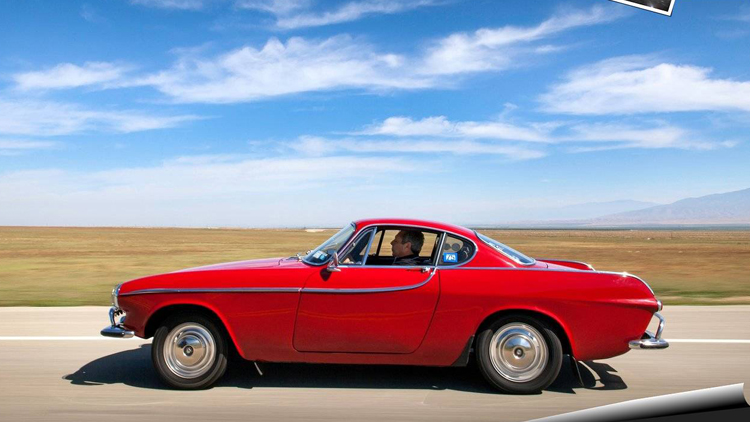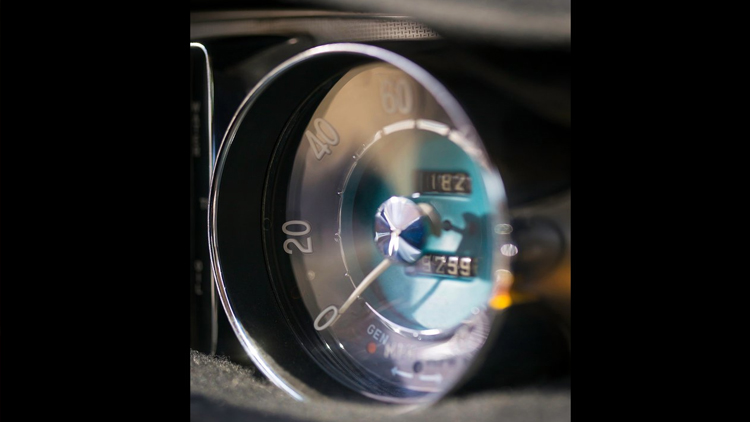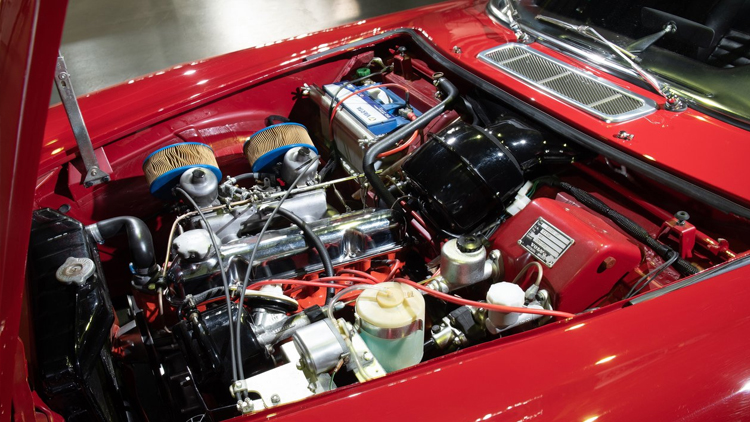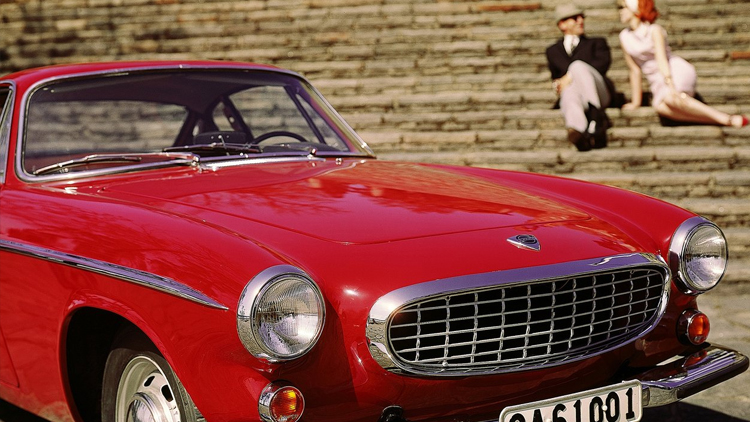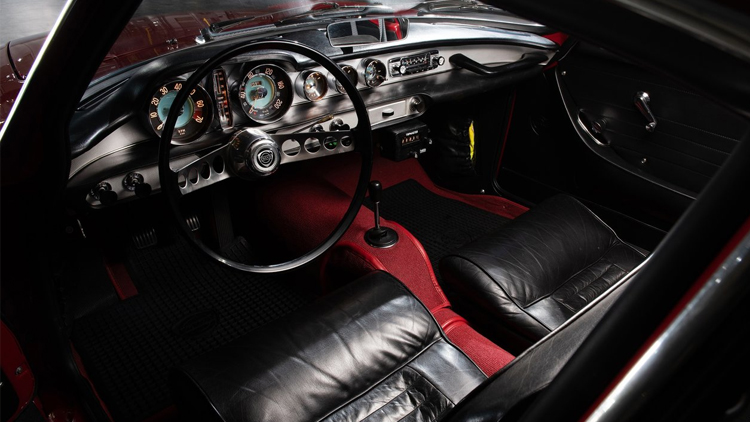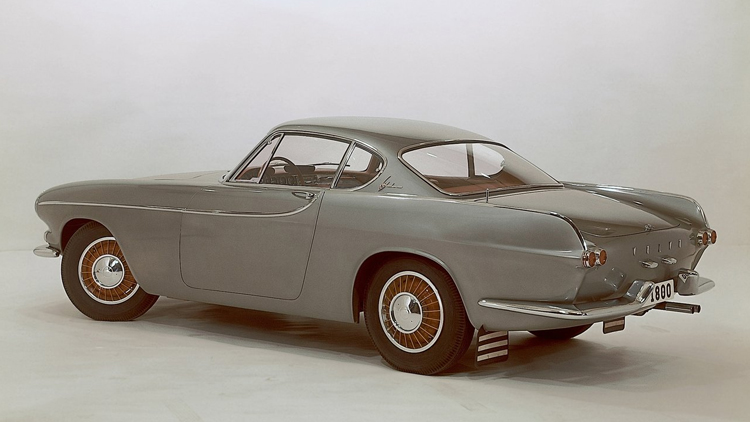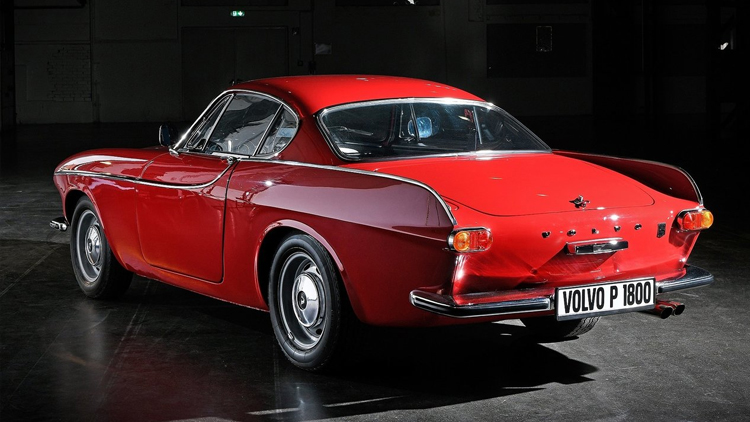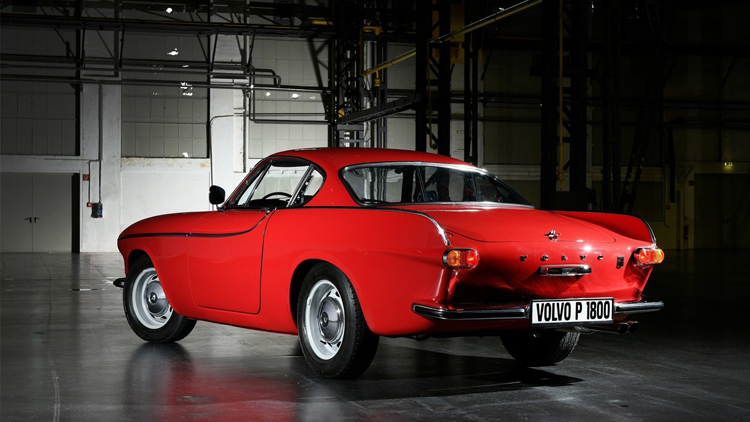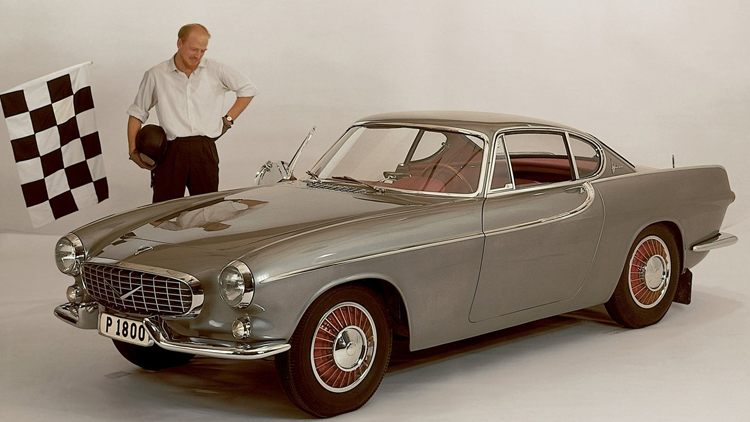
The Volvo P1800 is a car that was planned in Sweden, designed in Italy, unveiled in Brussels, built in Britain, and became a huge success in the USA. Celebrating its 50th anniversary in 2011, this car is Volvo’s most internationally renowned model, attracting people with its unique design. From a sales perspective, it was not very profitable for the company, but from an image perspective, it played a far bigger role than any previous Volvo model.
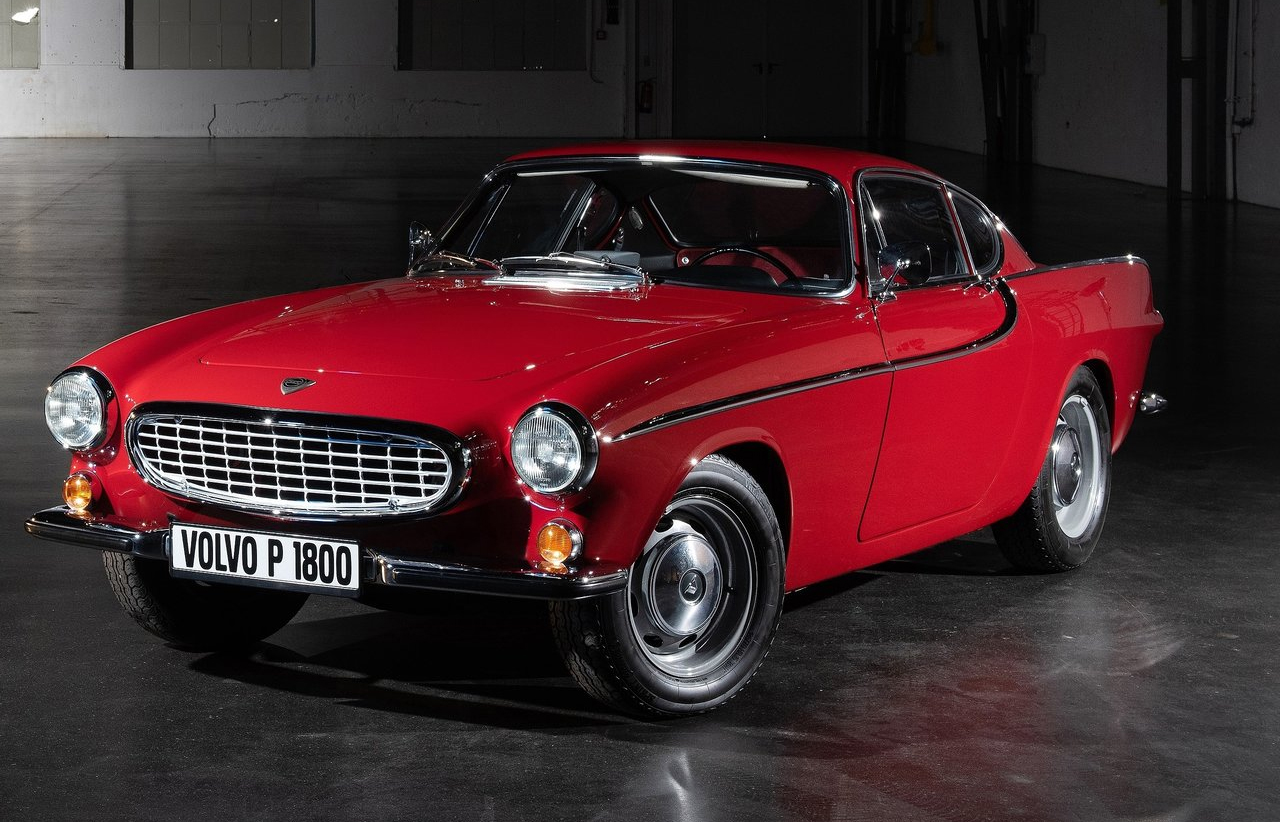
The Volvo P1800 was created to attract attention to Volvo’s display windows and increase what is now known as ‘floor traffic’ so that people who entered the showroom left in a new Volvo. Volvo tried its hand at a sports car back in the early 1950s, but it was a failure. The company recognized the importance of having a prestigious and exciting model to boost overall sales, and Volvo dealers were desperate for just such a car.
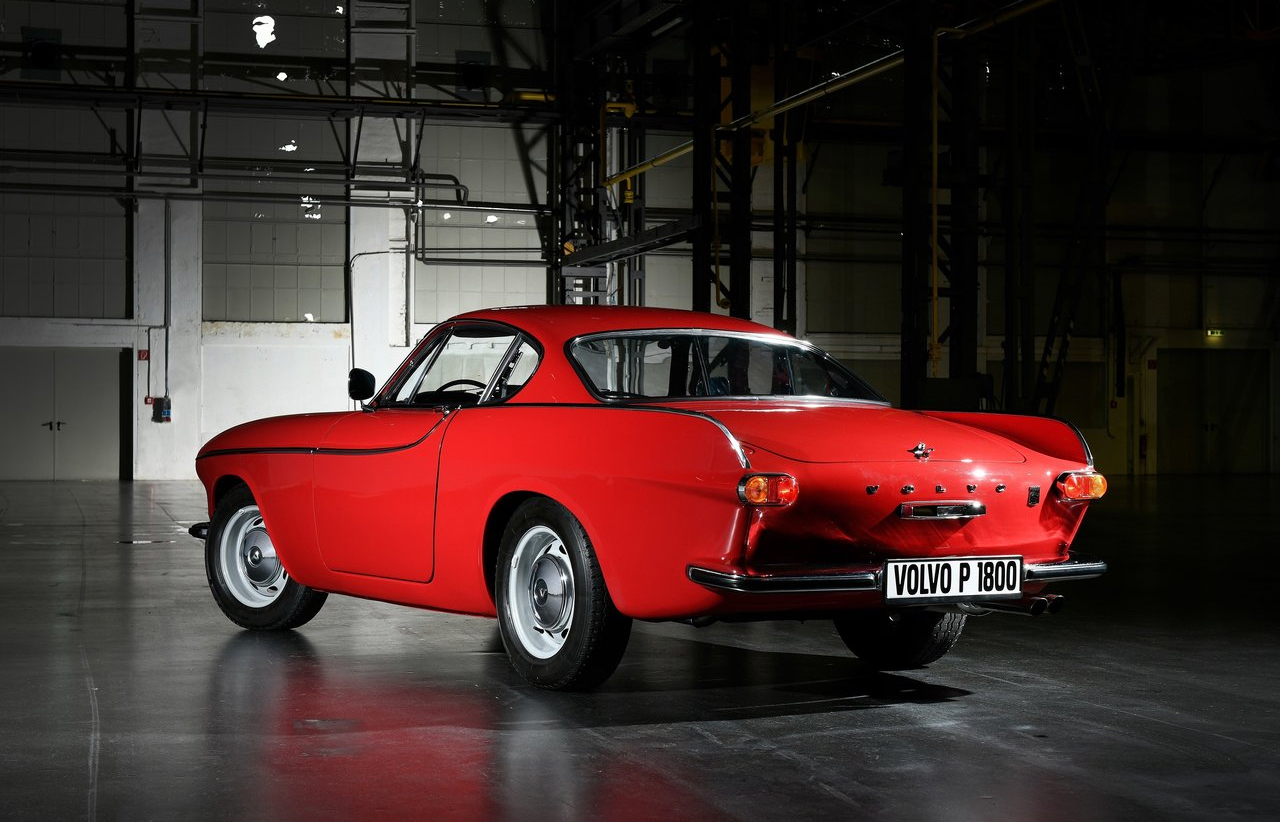
The design for the P1800 was ordered from Italy. Volvo consultant Helmer Petterson got his son Pelle a job at Pietro Frua. When it came time to unveil the four proposals to Volvo’s board in 1957, Helmer sneaked in his son Pelle’s fifth design, and that was the one everyone picked.
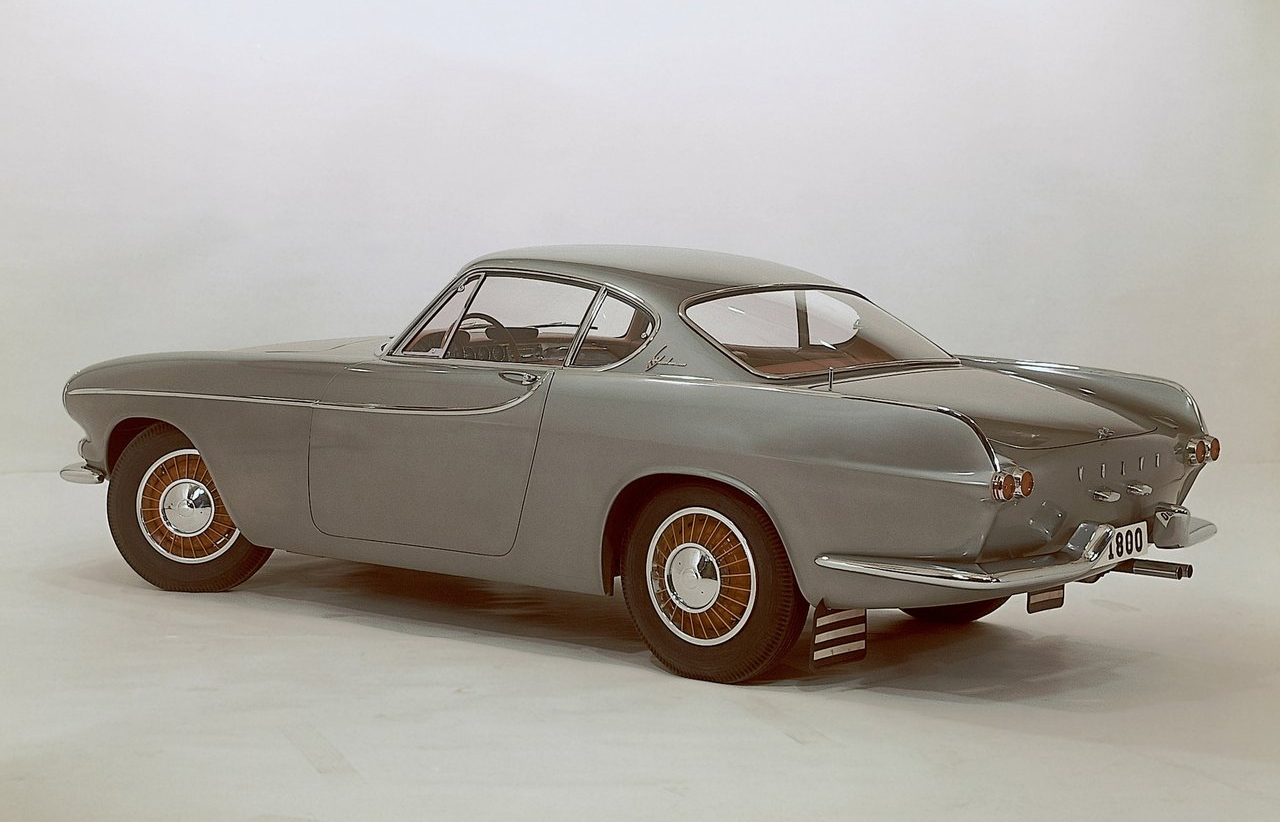
It was penned by a 25-year-old native of Göteborg who would later make his mark as a boat designer and win Olympic medals in yacht racing. The new sports car had a fixed roof, a steel body, a lot of the mechanical components lifted straight from the Amazon, and the newly developed B18 engine in its 100 hp sports version when it eventually arrived in showrooms.
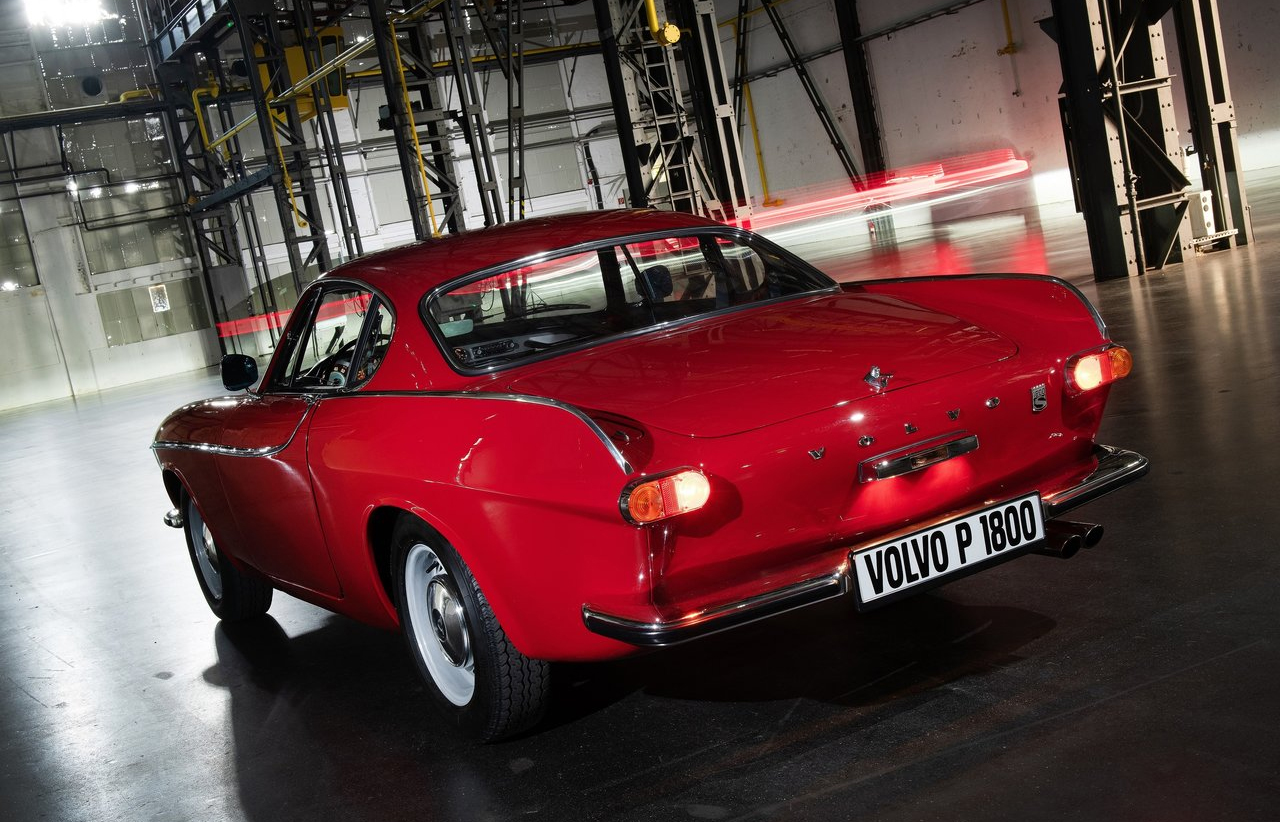
Volvo found itself in a hugely expansive phase and the company realized from the outset that it did not have the sufficient in-house capacity to manufacture the new model. Therefore, two British companies were used to build the car: Pressed Steel built the bodies and Jensen Motors painted and assembled the cars.
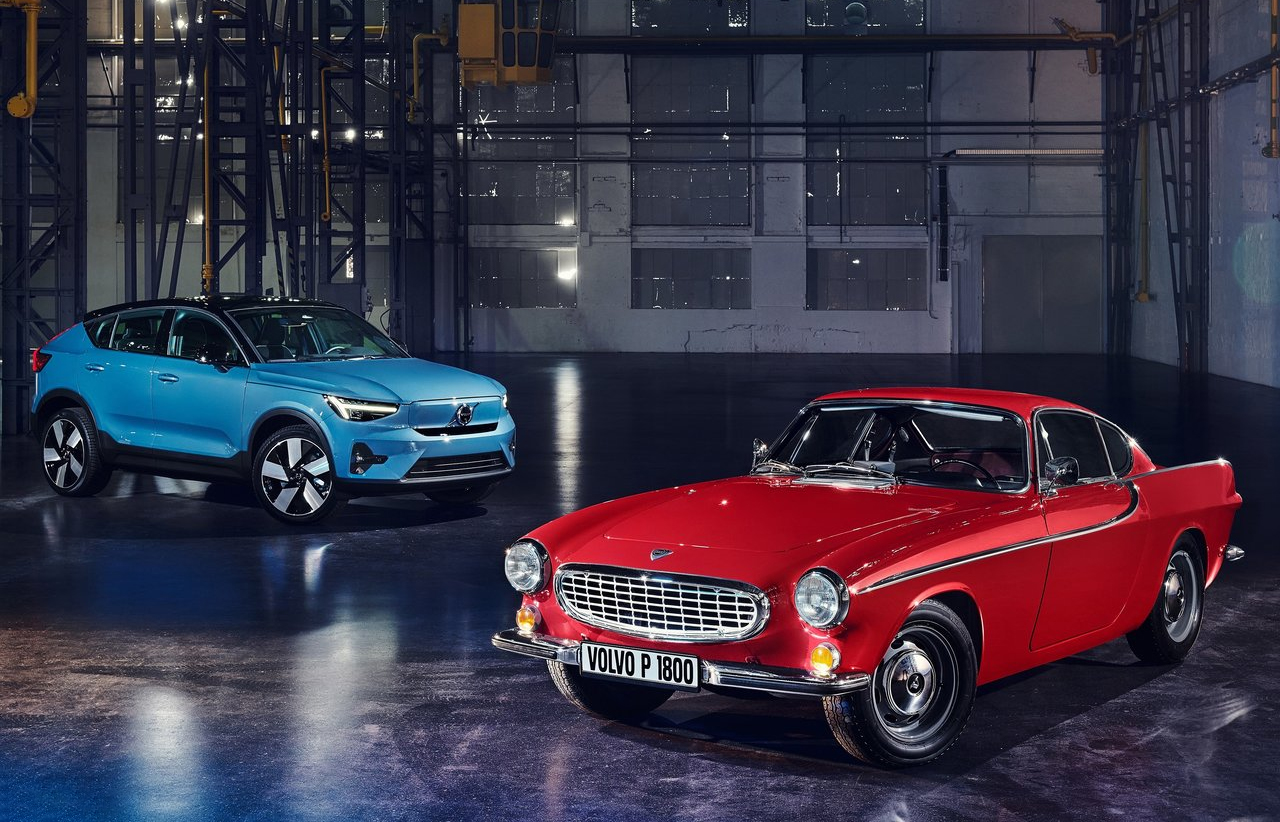
However, constant problems with personnel, working methods, quality, suppliers, and logistics, along with an unwillingness to deal with these issues, meant that Volvo transferred production home to Sweden. In 1971, a new body variant, the 1800 ES, was presented, a sporting hatchback with an extended roofline and an estate car rear featuring a large glass tailgate. A GT and an estate car combined.
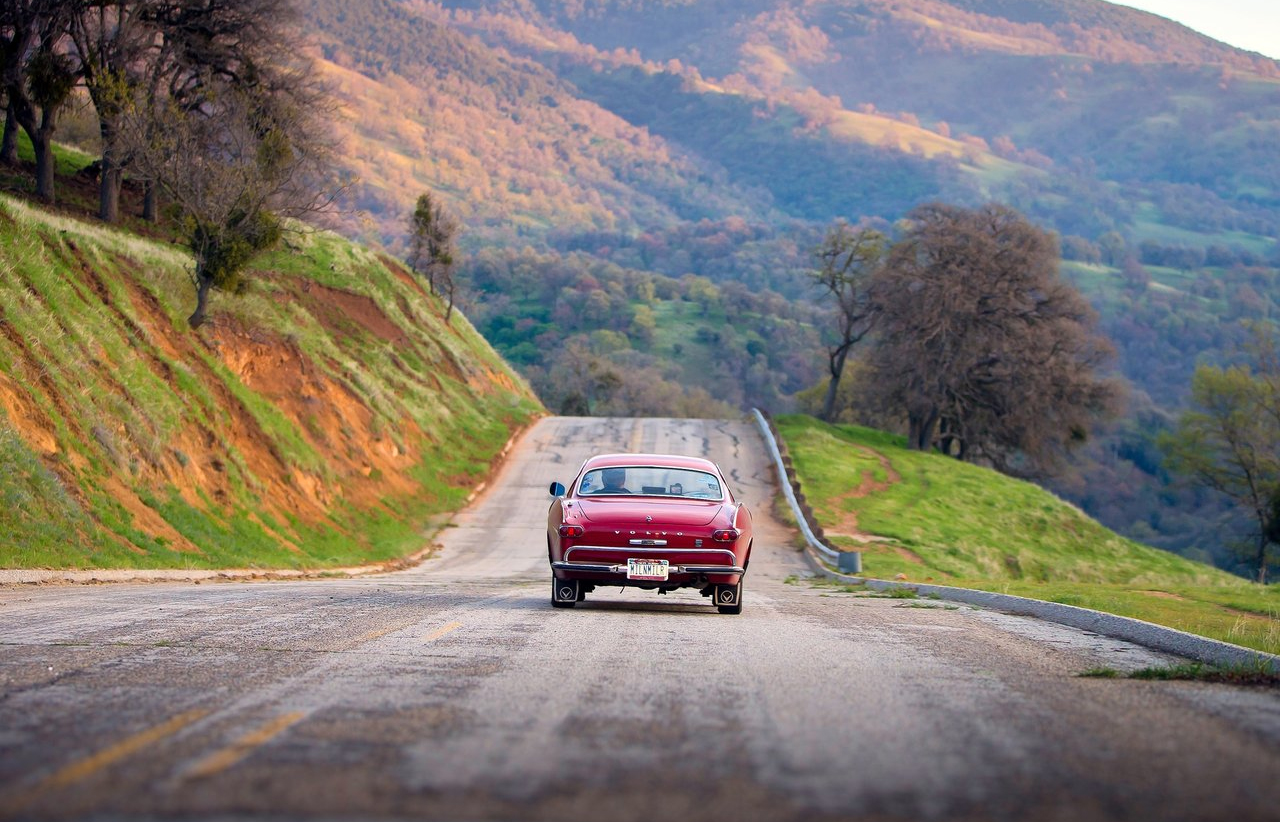
During the coupe’s long life, no radical changes were made to the successful exterior lines. Only details such as the grille, trim moldings, wheels, and colors differentiate the various model years. From the technical viewpoint, 1800 shadowed the development of Volvo’s other models and was continuously upgraded. Disc brakes all around, more powerful engines and electronic fuel injection were the most noticeable changes.
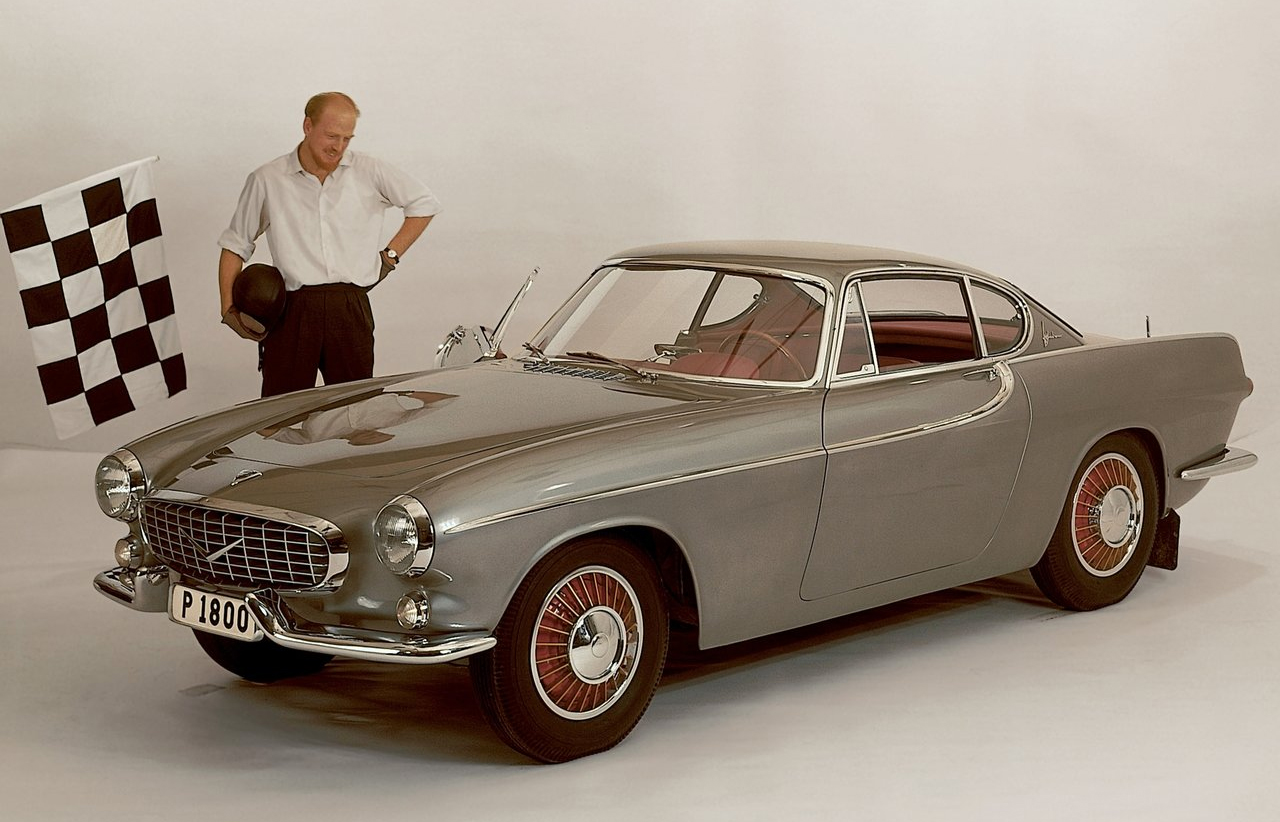
The P1800 became a cult car for “The Saint,” a TV series featuring Roger Moore in the 1960s. It was also used for a world record attempt, driving three million kilometers with the same car. The Volvo P1800 is still an admired classic car, representing the successful collaboration between different countries and cultures to create a unique and iconic vehicle.
